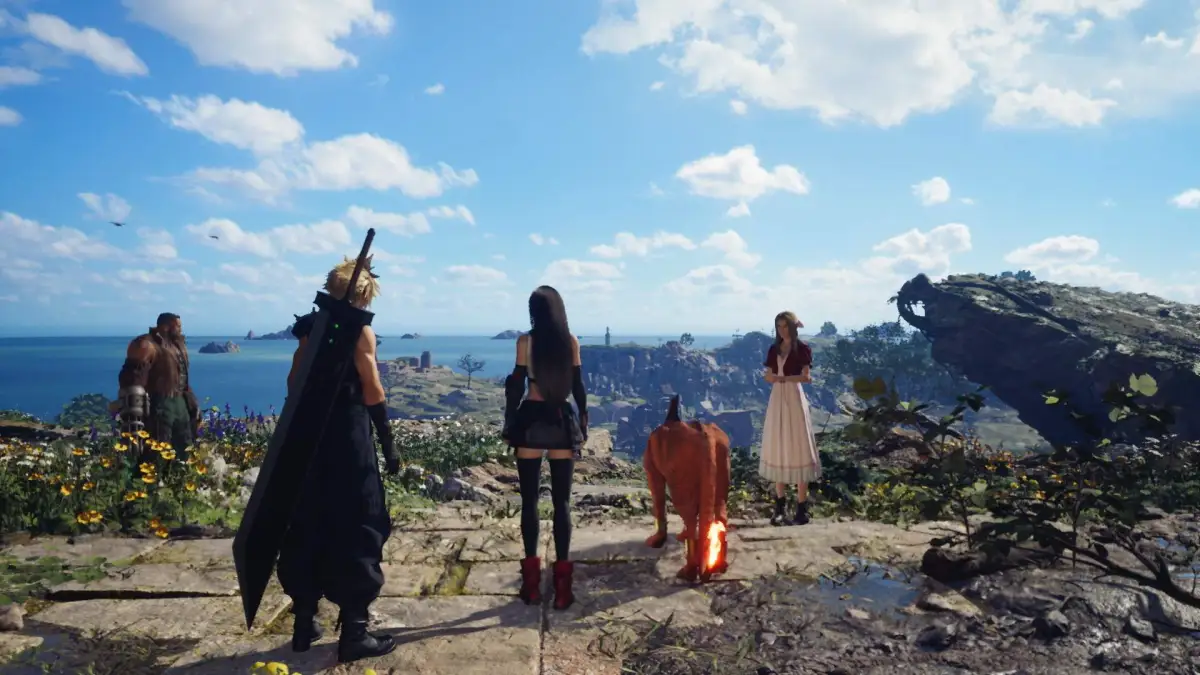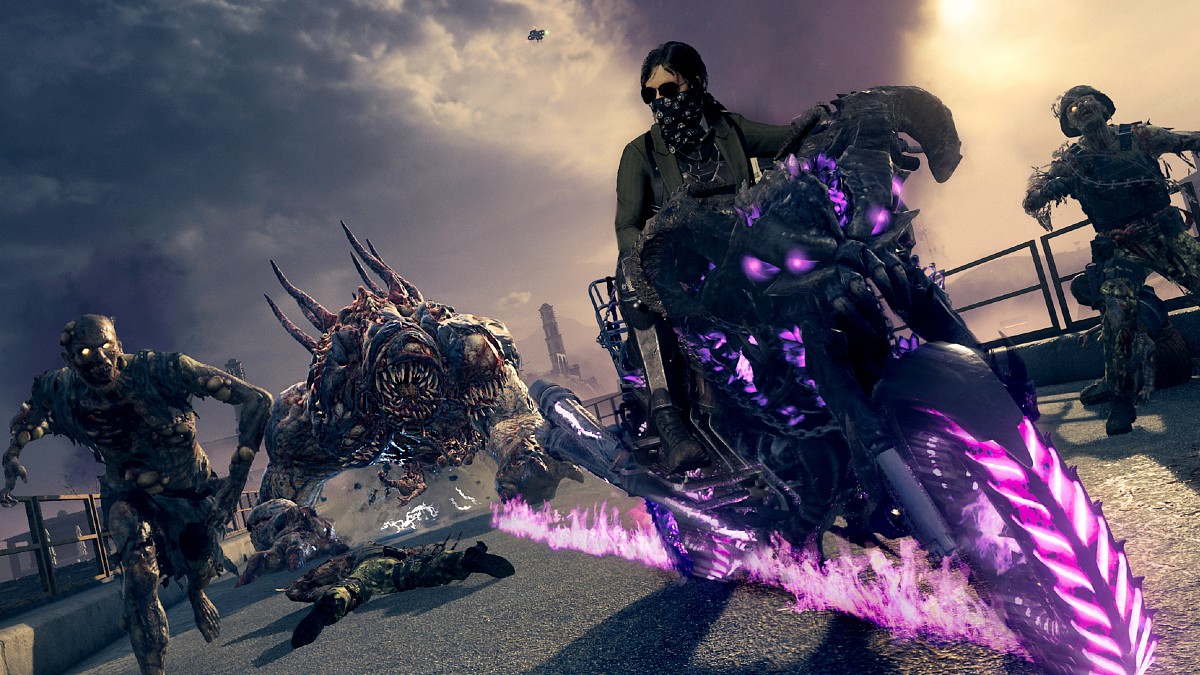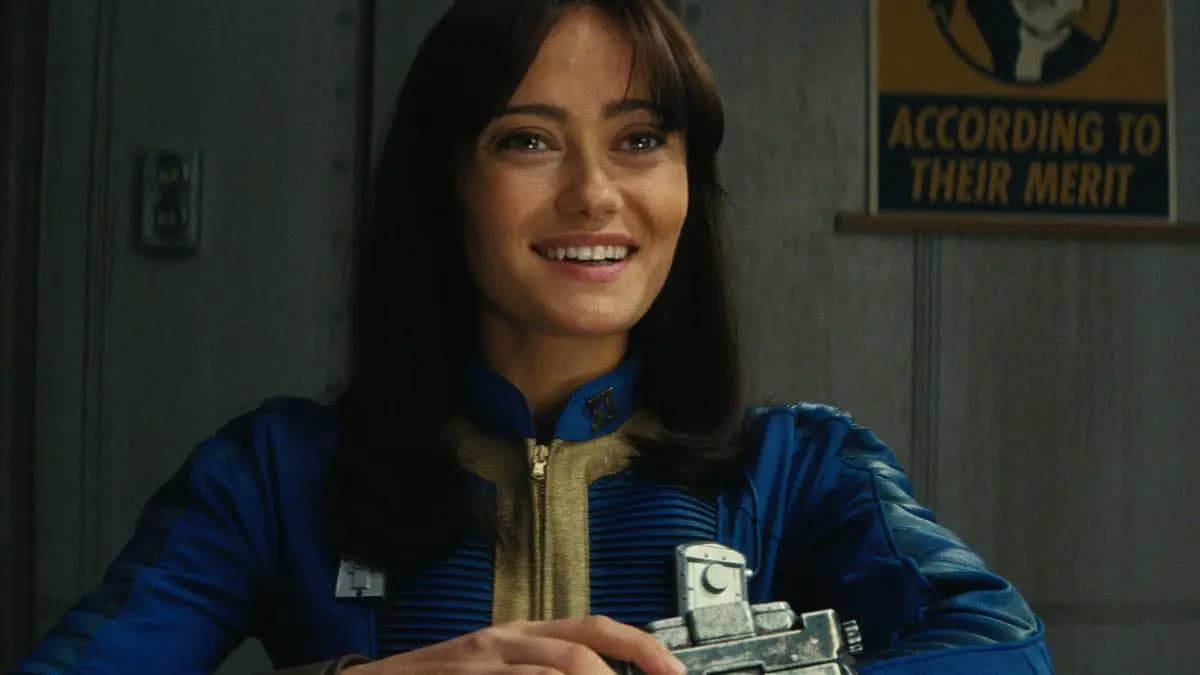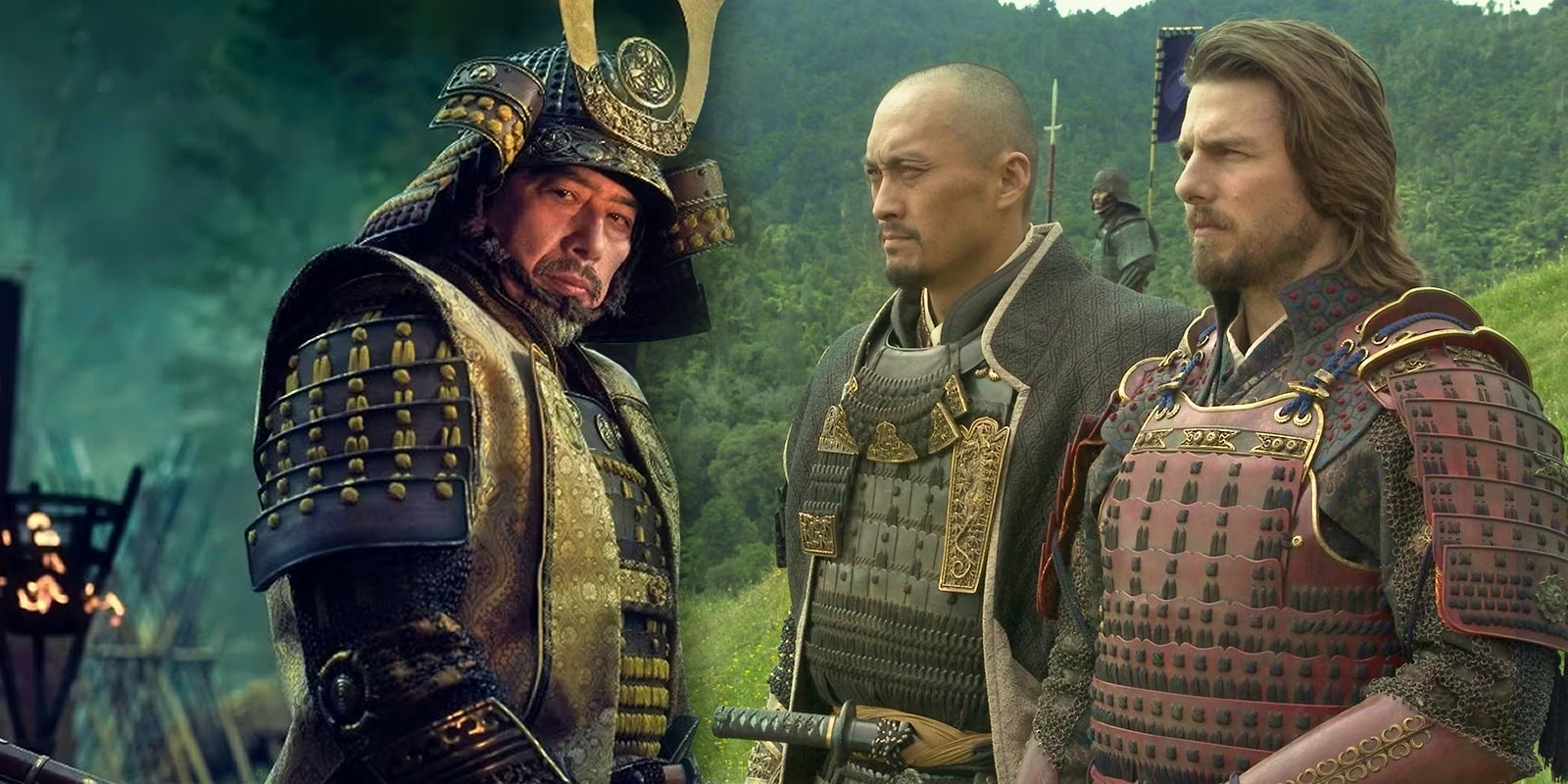Final Fantasy 7 (FF7) Rebirth really feels like the middle child in the Remake Trilogy.
FF7 Rebirth’s Story Is an Incredible Retelling

The second installment in a trilogy retelling the events of 1997’s Final Fantasy 7, FF7 Rebirth follows Cloud Strife and his allies after their escape from Midgar. The team decides to follow a group of mysterious, zombie-like men in black robes that are tied to franchise antagonist Sephiroth, a legendary figure looking to destroy the world. This leads them across their world and into several major fights for the future of the planet.
FF7 Rebirth adapts a large chunk of the original Final Fantasy 7‘s first disc. When stretched out into a full game, it’s clear that section of Final Fantasy 7‘s plot is, from a high-level perspective, pretty simple. It’s basically a road trip story, and it’s a perfect example of the “Fun & Games” section of a story’s second act, in that it’s focused a lot on fleshing out the game’s characters and putting them in interesting situations that challenge them.
What works about that chunk of Final Fantasy 7 isn’t that there are a ton of twists and turns. Instead, it’s just how character-driven the story is. FF7 Rebirth features some of the best character work I’ve seen in a video game by taking what the original version did well and expanding on it. Rebirth cares a ton about its characters, and their dynamics with each other. It finds interesting ways to flesh them out, and by the end, I found myself more invested than ever before in Final Fantasy 7‘s vibrant, complex characters.
The dynamics between various team members are also worth focusing on. FF7 Rebirth has a relationship system that incentivizes Cloud to talk to and make friends with his companions. The game wants you to get to know them more. While there are a lot of games with strong characters — I’m thinking of something like the Mass Effect series here — FF7 Rebirth doesn’t make relationship building something that just happens when you camp for the night or retire to your ship to start harassing your friends in their rooms. It’s a constant process throughout the game, and it never feels like an afterthought.
At the same time, Rebirth smartly doesn’t just focus on Cloud’s relationship with his companions, but also how they interact with each other. Barret and Red XIII really stand out for me. Without going into too many spoilers, the two start off not being particularly friendly towards one another. After an experience together, though, Barret begins calling Red XIII by his real name: Nanaki.
That detail might not seem particularly major, but Red XIII was the test subject designation Shinra and the mad scientist Hojo gave to Nanaki. The name is a mark of how Shinra has abused him. There’s something really powerful about Barret rejecting the Red XIII designation in favor of Nanaki. It shows how intimate and close the characters have become, and the way they’ve bonded over their shared trauma.
And make no mistake: FF7 Rebirth is about trauma.
Pretty much every main character in FF7 Rebirth has experienced a profoundly traumatic event in their past. Shinra and Sephiroth are, generally speaking, the parties responsible for what’s happened. The way Rebirth emphasizes the real effects those two entities have had on its protagonists helps to make them feel like personal threats as well as existential threats to the Planet. That combination of stakes makes getting invested in the game and its characters so easy.
At the same time, Rebirth is also about how you react to trauma. Sephiroth and several other protagonists react to the tragedies in their pasts by attempting to lash out and hurt others. The protagonists of FF7 Rebirth, though, are on a journey in which they learn what it means to heal from what’s happened while still moving forward in a way that helps others. It’s a beautiful, complicated tale that doesn’t shy away from engaging with hard themes and ideas.
The biggest problem with Rebirth‘s story really boils down to the fact that it’s the second part of a trilogy. The Midgar section in Remake is, generally speaking, a bit more self-contained in terms of its internal arcs and plot points. However, Rebirth gets caught in the trap of having to set up what comes next, and that leads to a lot of plot points getting introduced in the game that, due to the constraints of the story, don’t actually get resolved or fleshed out as much as they could. It’s hard to blame Rebirth for that problem, as it’s an issue caused by turning one game into three. Plus, what is there is still excellent and enjoyable.
Rebirth Updates Remake’s Combat In Some Smart Ways That Don’t Always Work

If you’ve played Final Fantasy 7 Remake, you basically know how the gameplay works in Rebirth. You use a party of three characters to wail on enemies using comically big swords, gun arms, and magic. By attacking enemies in just the right way, you can “stagger” them, and thus do more damage. You’ve also got a lot of special moves, including Synergy Abilities, that you can use to really wreck your opponents.
There are a lot of really nice little refinements and quality of life improvements in Rebirth. The biggest is that, in Remake, having the wrong magic set up could easily lead to battles that really dragged on and one due to not having the right spell. Even worse, it was really easy to burn through all of your MP in Remake just dealing with regular enemies. Luckily, Rebirth gives Cloud and his allies different elemental abilities that they can use in lieu of magic and MP to stagger enemies. It’s a welcome addition that cleans up the battle system pretty elegantly.
One of the challenges for FF7 Rebirth was always going to be dealing with a bigger party. I’m happy to say that Square Enix did a pretty good job in that department. The game is relatively flexible in terms of team makeup, and there are a lot of segments that force you to get more used to characters you might have been using less. I really appreciated that, since it made me not just rely on who I knew how to use, and in the process, I discovered exactly who I liked to play most and why. Swapping Materia — the little orbs responsible for magic — can be a bit of a chore, but it’s not too bad.
However, not every change feels perfect to me. Rebirth is decidedly more action-oriented than Remake, which becomes more apparent in the later hours of the game. FF7 Rebirth really wants you to block and dodge enemy attacks by learning exactly how they work. That’s not necessarily bad, but it moves the focus from party set-up to twitch reactions. Not all of the existing systems that have been ported over from Remake really gel with the change. My allies, for example, felt decidedly more useless in Rebirth than they did in Remake. If I wasn’t in control of a character, they’d basically just block. Unless I was switching between characters with regularity, FF7 Rebirth often felt like I was doing one-on-one battles while my friends stood around and occasionally threw a punch.
The more action-oriented combat gets further complicated by the ATB gauge. By attacking and blocking enemy attacks, you gain the ability to use spells and items by expending your ATB gauge. The problem is that, because FF7 Rebirth is more action oriented, you can end up in situations where the early parts of battles really drag because you can’t actually hit your enemy, or you’re waiting for a specific attack to block. After awhile, it gets genuinely quite frustrating to deal with, and there are a lot of encounters that take longer than they should just because you’re waiting for something to happen. I actually beat FF7 Rebirth’s final boss in less time than a random monster I’d fought a few hours before due to the mechanics surrounding the two enemies.
Despite those gripes, I did generally enjoy the combat in FF7 Rebirth, and I think it’s an improvement over Remake in a lot of key ways. There were some genuinely great and memorable battles in Rebirth, and when the title’s various systems came together, fighting felt really good. However, on the occasions where they ground against each other, the game really felt like a slog.
Rebirth Has Too Many Mechanics & Mini-Games

Although the combat in FF7 Rebirth can be a bit of a double-edged blade, the game has a pretty glaring issue: There are too many random mechanics and mini-games.
Virtually every chapter of FF7 Rebirth introduces a new mechanic or mini-game. In a lot of cases, they only exist for a portion of a single chapter or side quest. From a design perspective, I understand what Square Enix was going for. They’re there to not make the game feel too monotonous, because just moving between cutscenes and combat can get really stale. Those additions are meant to keep the game interesting. The problem is, they’re rarely interesting in Rebirth.
FF7 Rebirth has at least a dozen mini-games (I stopped counting relatively early into the process), and they range from totally fine (Queen’s Blood is a nice little card game that’s basically a budget version of Final Fantasy 8‘s Triple Triad) to “did Sephiroth design this mini-game in an attempt to get me to stop playing?” None of the mini-games really stood out to me as good, and they often felt like filler. Most only have one or two levels, and I cleared them at the highest level within two tries. Mini-games should be fun, but everything I encountered in Rebirth felt like an obligation that the game was forcing me to meet.
Rebirth also loves adding new mechanics for traversing the map, even if they’re not that interesting. In the cases of individual characters, those mechanics can sometimes be neat but relatively forgettable. The open world, though, is often a bit of a mess. Each new region of FF7 Rebirth introduces a new twist, and while they’re fine in the early game, they’re a lot more frustrating and tedious later in the game. I don’t want to struggle to get to something because I couldn’t find the right jumping off point on my map. I want to struggle with something because I’m bad at it. Navigation became a massive chore in the mid- to late-game, and I found that although I really liked the variety and vibe of every region, I didn’t much like traversing them.
Also, FF7 Rebirth has stealth segments. Technically, some of them could be considered optional, but in practicality, they’re mandatory, since they’re the main way you get chocobos in a region. They’re genuinely quite frustrating, and if I could have skipped them, I would have. They weren’t so much challenging as — to use the biggest keyword of this section of my review — tedious.
The problem with Rebirth‘s mechanics is most apparent in side quests, though. There’s one that really sticks with me. Towards the middle of the game, I was tasked with getting chickens to return to a coop using a lure box. You find the chicken and throw the box. The chicken starts walking up to the box, and you have to pull it back. Sometimes, the chicken gets distracted, and you have to wait. If you move too far or too fast, the chicken stops following. It’s unbelievably tedious.
Just pick the chicken up, Cloud. I am begging you to please just pick the chicken up.
If it were just Cloud refusing to pick up a chicken, I don’t think I’d be as hard on FF7 Rebirth. However, the problem of the title having too many mini-games and adding too many mechanics messes up the pacing in a way that made it really hard for me to click with Rebirth‘s gameplay overall. The game kept steering me away from combat and towards annoying mechanics and mini-games that made it tough to really settle into a flow.
The Part of the Review You’ll Skip To
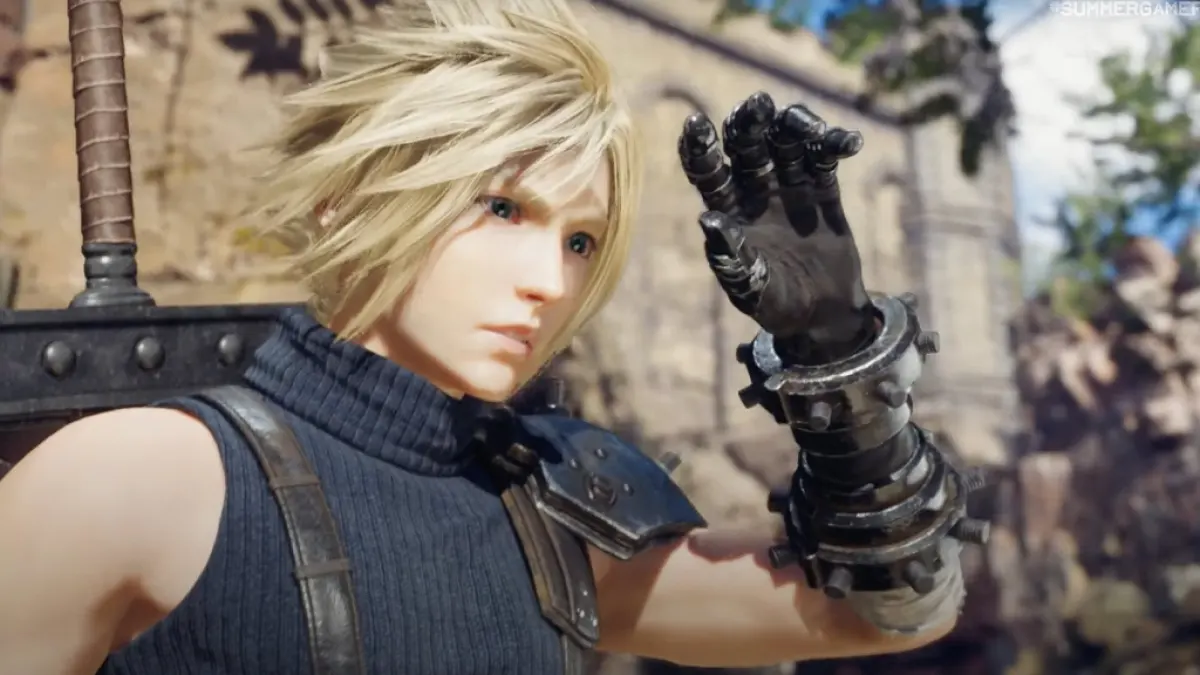
My feelings on FF7 Rebirth are mixed. Overall, I’ve played the game for more than eighty hours. That’s a pretty glowing statement in and of itself. I’ve liked a lot of what I’ve played. The writing is wonderful, and despite a few quibbles, the combat is enjoyable. However, as the game went on, frustrating, tedious mechanics and mini-games detracted from the experience in a big way. FF7 Rebirth is the middle entry in the Remake Trilogy, and it feels like a middle entry. It pushes Remake forward in some ways that are genuinely admirable, but a lack of refinement and attention to detail keeps it from being one of the best games ever.
A PlayStation 5 review code was provided by the publisher for this review. FF7 Rebirth is available to pre-order now.

